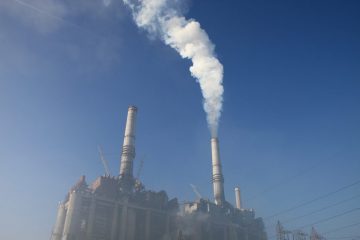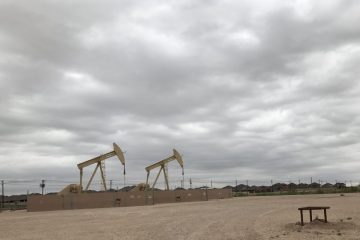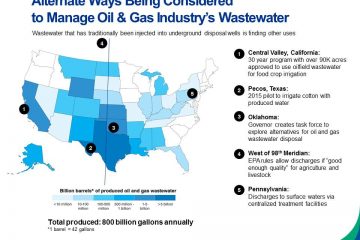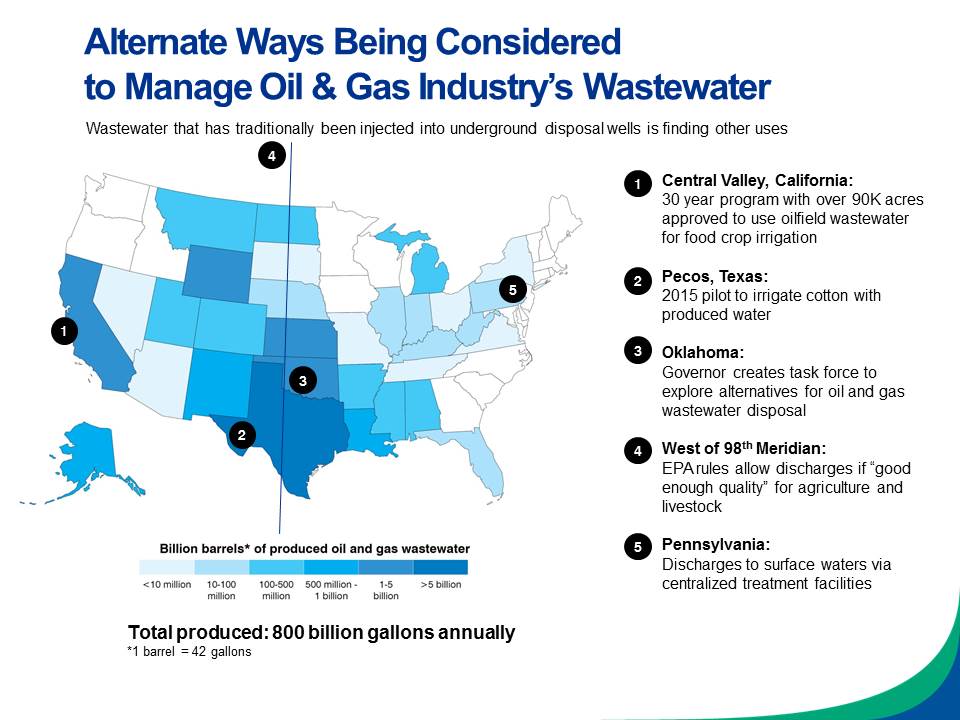More Subsidies than You Think Influence the Cost of Electricity
 The Texas electricity market is evolving. Low prices have helped natural gas become the dominant electricity generation resource, surpassing coal for the first time. The state’s unique competitive wholesale market, along with recently built transmission lines, have led to exciting opportunities for the rapid development of wind and solar generation. But in looking at the cost of various fuel sources and Texas’ energy future, confusion about electricity subsidies needs to be addressed.
The Texas electricity market is evolving. Low prices have helped natural gas become the dominant electricity generation resource, surpassing coal for the first time. The state’s unique competitive wholesale market, along with recently built transmission lines, have led to exciting opportunities for the rapid development of wind and solar generation. But in looking at the cost of various fuel sources and Texas’ energy future, confusion about electricity subsidies needs to be addressed.
Yes, wind and solar power have recently benefitted from the federal Production Tax Credit and Investment Tax Credit. That said, it’s important to recognize that natural gas and coal generation have enjoyed state and federal incentives for a century, and continue to do so.
The tax benefits for wind and solar generation are not the same as those for fossil fuel generation, but each plays a similar role: Tax benefits affect the final cost of electricity.
Indirect subsidies
As defined by Black’s Law Dictionary, a subsidy is:
A grant of money made by government in aid of the promoters of any enterprise, work or improvement in which the government desires to participate, or which is considered a proper subject for government aid, because such purpose is likely to be of benefit to the public.”
Therefore, a reduction in state or federal taxes owed is a subsidy. And if one or more production costs receives a tax break, the end product has been subsidized as well. For example, if natural gas-fired and coal-fired electricity receives a tax break on production and delivery (inputs that affect their cost), the fuel used to create power and the resulting electricity have been subsidized. That represents an indirect subsidy.
Unlike natural gas and coal, wind and solar generation convert free resources – wind and sunlight – into electricity. Here, the “fuel” input to a generation facility to make electricity is free and constantly renewable. Thus, any subsidy for wind or solar generation is direct; rather than focusing on the fuel, cost is reduced on the generation infrastructure.
Thus, renewable power is supported by direct subsidies, and fossil-fuel generation is supported by indirect subsidies. In fact, in the 2015 report “United States – Progress Report on Fossil Fuel Subsidies,” the federal government identified 11 federal fossil fuel tax provisions, or subsidies, including: Expensing of intangible drilling costs; Percentage depletion for oil and natural gas wells; Domestic manufacturing deduction for fossil fuels; Two-year amortization period for geological and geophysical expenditures; Exception to the passive loss limitation for working interests in oil and natural gas properties.
Natural gas tax exemptions
Because natural gas and coal are finite resources, the federal and state governments administer a “severance tax” for extracting them from the ground. But there are several exemptions – or ways to alleviate that tax – on both the state and federal levels. By significantly lowering the cost of natural gas production, these exemptions reduce the cost of – subsidize – natural gas-fired electricity.
In Texas alone, there are three different exemptions to the severance tax on natural gas, on top of federal tax breaks. Texas also has numerous other tax exemptions for natural gas (unrelated to the severance tax), all of which represent indirect subsidies, including a Low-Producing Well Exemption and Certified Exemptions for Natural Gas Production taxes, like the Two-Year Inactive Well Exemption, the High-Cost Gas Reduced Tax Rate, and the Flared Gas Exemption.
Coal is subsidized
During the 1970’s energy crises, the federal government prohibited building new gas-fired generation. As a result, coal-powered plants around the nation received a big boost. And since electric utilities were government-granted monopolies, the cost of constructing new coal plants was paid for by captive ratepayers.
Wind and solar power continue to advance in efficiency and cost-effectiveness, so the continued investments are bearing fruit, as they did for the coal and natural gas generation industry.
The coal industry currently receives federal tax breaks from numerous provisions, including those provided by the Tax Reform Act of 1969 and the Energy Policy Act of 2005, as well as Amortization of Certain Pollution Control Facilities, Capital Gains Treatment of Royalties on Coal, and an Energy Production Credit (for refined coal and Indian Coal).
At the state level, coal plants also financially benefited when Texas transitioned to a competitive electric wholesale market in 2002. When the utilities originally purchased or built these coal plants, the utilities had a monopoly on generation service, assuring them full cost recovery. To make the transition to the competitive market more palatable, owners of coal-fired generation (and other generators) received compensation – above market value – for the cost of their existing power plants. The utilities were given 10 years to recover these legacy costs through mandatory charges that all customers had to pay. Compensation for legacy costs are another form of financial aid for Texas coal that subsidized the cost of electricity.
Century-old, permanent tax breaks
Another factor to consider is the amount of time these tax provisions have been in effect in the U.S. Although tax credits for renewable generation first became available 25 years ago with the Energy Policy Act of 1992, the natural gas industry has received tax breaks for over a century, starting with deductions for Intangible Drilling Costs in 1913.
Because renewable projects have been in existence for only one fourth the time as fossil fuel activities, wind and solar subsidies are part of R&D for new energy advancements. In other words, the tax benefits currently available to renewable energy projects should be compared to the subsidies given to fossil fuel projects at the early R&D stage, not the established fossil fuel industry as it is now.
Wind and solar power continue to advance in efficiency and cost-effectiveness, so the continued investments are bearing fruit, as they did for the coal and natural gas generation industry. Additionally, fossil fuel subsidies remain permanent in the federal tax code. Renewable tax credits are scheduled to be phased down and out in just a few years, and they have had to contend with repeated changes to their federal support mechanisms. While tax breaks for the fossil fuel industry have remained consistent, renewable subsidies have experienced seven changes in merely a decade.
Impact on electricity cost
Clearly, there are tax subsidies that benefit the electric generation industry in a variety of ways. Although natural gas and coal subsidies are given at the time of exploration or production, the effect they have on lowering fuel costs for a gas or coal generator is valuable. They reduce the total cost of making electricity from those resources, just as an investment tax credit does for renewable generation.
Some tax benefits may be easier to calculate than others, but all subsidies – whether for natural gas, coal, or renewable power – reduce the final cost of the electricity used by customers. There should be no confusion about that.




 The Public Utilities Commission of Ohio is still deciding whether to approve bailouts for
The Public Utilities Commission of Ohio is still deciding whether to approve bailouts for 




